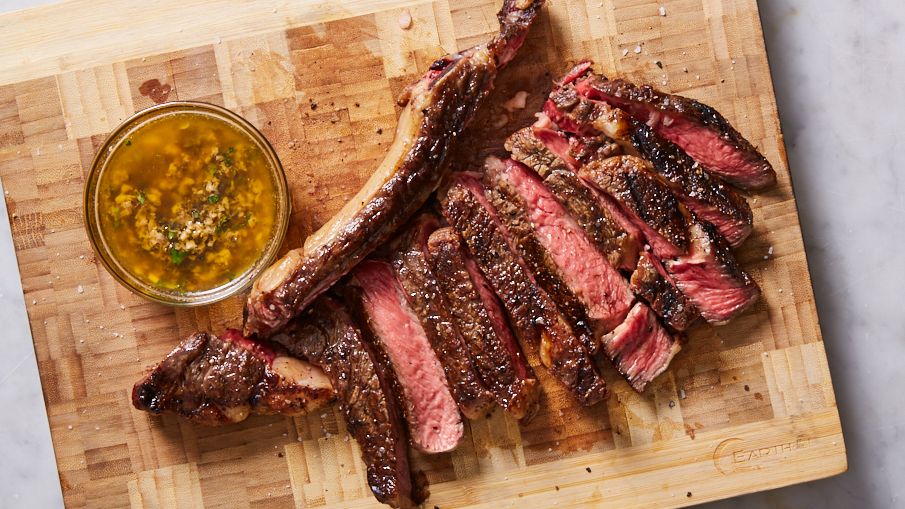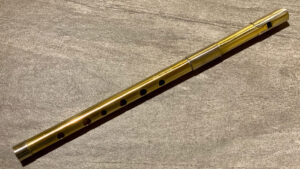Introduction to Wagyu
Wagyu is the combined term for the 4 key Japanese meat cow varieties. All wagy cattle are descended from the cross-breeding of local Japanese cows with foreign breeds, especially from Europeans, in the early 20th century. Wagyu meat is meat produced by Japanese Wagyu farm animals. It is incredibly pricey and widely recognized as being one of the greatest meat cuts available. There is plenty of striping in the flesh, which means there are stripes of fat inside the red flesh that makes it delicate and juicy while also imparting flavor. Wagyu steak is known by several names depending on the region it comes from. Kobe beef, Matsusaka beef, and Omi beef are a few examples.
There is evidence that a genetic split into the Wagyu hereditary line occurred as long as 35000 generations old. Contemporary Wagyu livestock is the outcome of crossbreeding between Japanese native livestock and imported species. The crossings started in 1868, following the Meiji era that year. The administration intended to instill Western food patterns and culture. During this time, Brown Swiss, Devonshire, Shorthorn, Simmental, Ayrshire, and Korean livestock were imported. In 1910, several British, European, & Asian species were restricted to the outside biological infusion.

Conformation variety inside the Wagyu type is higher than diversity within British and European varieties. Because of the geographic personal space in Japan, the three primary black varieties – Tajiri or Tajima, Fujiyoshi (Shimane), and Kedaka (Tottori) – developed. These mating variances have resulted in a Japanese national herd that is 90% black livestock and 10% red breeds Kochi and Kumamoto. In Japan, four breeds are classified as Wagyu: Japanese Black (the most common Wagyu shipped to the United States), Japanese Brown (sometimes known as Red Wagyu in the United States), Japanese Surveyed, and Japanese Shorthorn. Outside of Japan, no Japanese Polled or Shorthorns were produced. Wagyu variants were segregated by a prefect (state), and acquired types for crossbreeding just weren’t identical in each prefecture. The distinct flavor and suppleness of finely marbled Wagyu beef provide us with unparalleled fine dining. It’s not just a culinary joy, but it’s also good for you. The mono-unsaturated to volatile fat level in Wagyu is greater than that in regular cattle, and the fat intake content in Wagyu is unique. 40 percent is in a form known as ethanoic acid, which is thought to have no impact on one’s cholesterol levels. The nutritive value of fatty Wagyu steak is much more advantageous to human health. We can get good wagyu beef from wagyuwetrust stores.
Continue Reading











